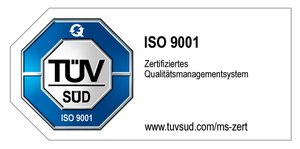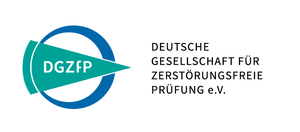Surface shape tolerance
Even though technology generally works a lot with regularly shaped surfaces, there are applications in which surfaces can be very irregularly shaped. For these cases, there is the asymmetrical surface shape tolerance. Here, the surface to be toleranced must lie completely between two equidistant surfaces that are at a certain distance from a theoretically exact surface. Before the time of CAD and 3D models, which can be used as a reference, the dimensions of a zero object were used to check the surface shape tolerance. Modern measurement methods for determining surface shape tolerance use CAD-generated 3D models as reference systems to check the dimensional accuracy of irregularly shaped surfaces via tactile or optical measurement methods. For example, tactile measurements with a 3D coordinate system are suitable for large components, while optical methods are more suitable for small objects. Depending on the measurement task, combinations of the two methods are also possible. In principle, an expert can make a good assessment of which measurement methods are suitable for measuring an irregular surface.
We find the perfect solution for your project.
Contact us if you have questions to our services in the area of 3D metrology. We are looking forward supporting you in your success.



